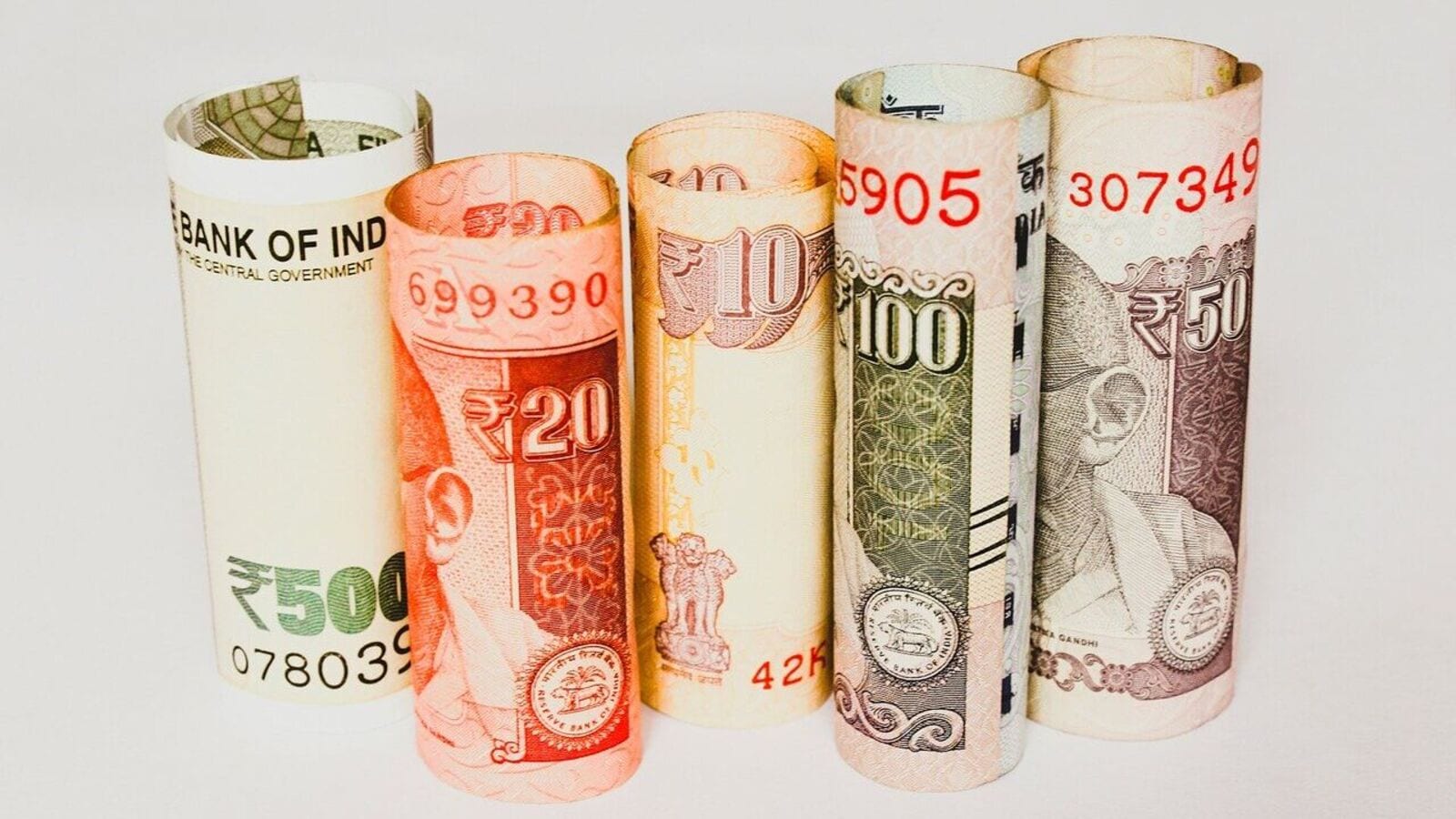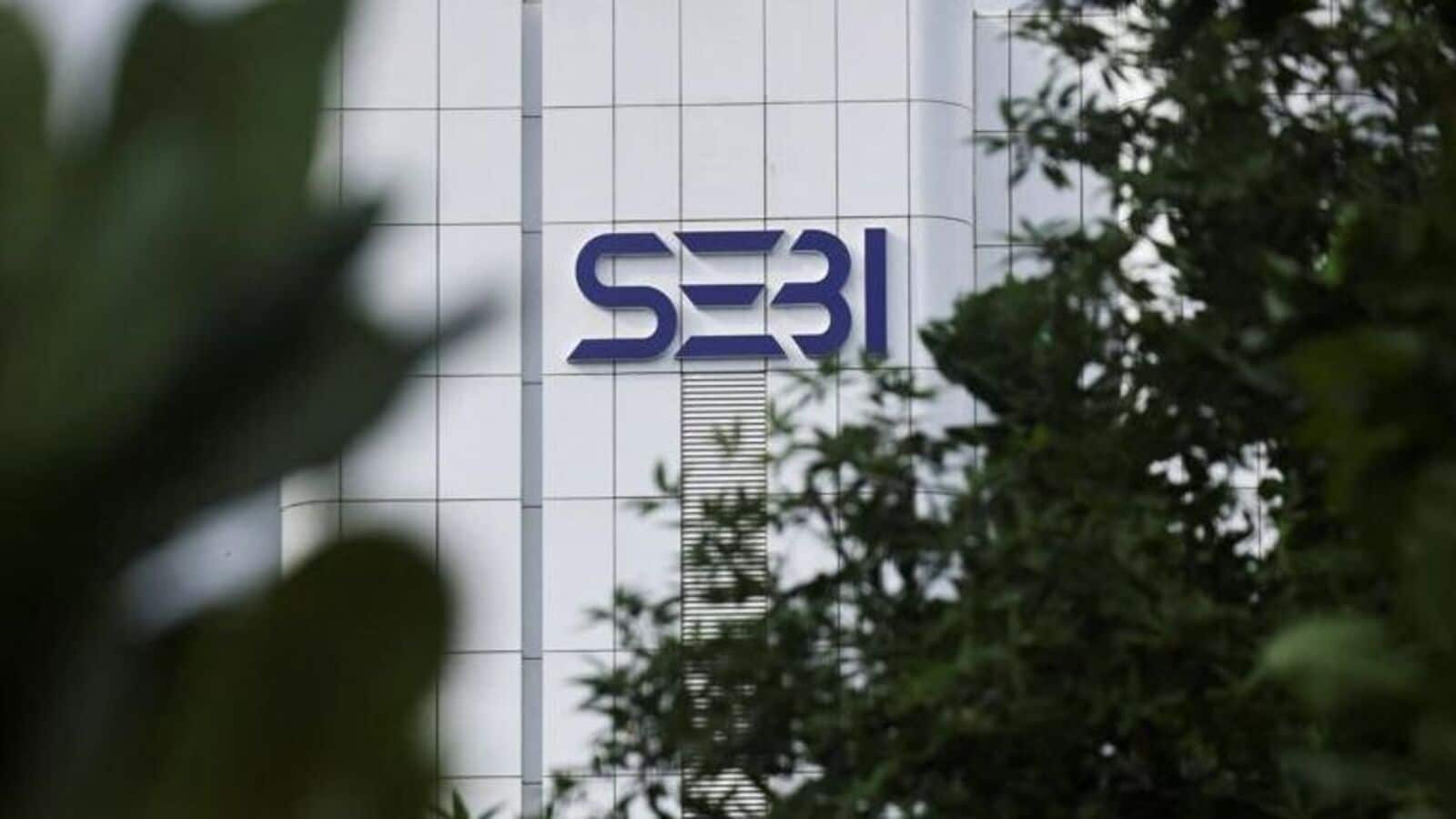The FMCG sector has been one of the worst performers in the last 18 months. The returns of Nifty FMCG, Nifty50 and Nifty500 indices in the last 1 year are 10%, 20% and 27% respectively. This shows that the FMCG sector has underperformed the broader Nifty500 market by 63%. The sector’s performance deteriorated in July 2023 due to a below average monsoon, which was further affected by irregularity. Rain And the heat wave will last from 2023 to 2024. These conditions affected food grain production for both Kharif and Rabi seasons, disrupting the rural economy and increasing food inflation. As a result, input cost increased, which had a negative impact on the revenues and margins of companies in the sector.
Driven by start-ups, Indian FMCG companies are also at the forefront of disruption. The rise of consumer technology companies has led to the launch of innovative and healthy products. These start-ups leverage their own e-commerce apps and major platforms like Instagram, Facebook and Amazon and for marketing DistributionStart-ups are using heavily discounted pricing models to attract customers and increase penetration. Changing preferences of customers influenced by higher income, health awareness, localization and access to better products and innovation are impacting the FMCG sector and quick service restaurants.
urban demand, which is about 2/3 FMCG Trade, volume growth to more than halve in 2024 due to rise in food inflation, decline in disposable income and reduction in central and state expenditure. National and eight state elections in 2024 influenced the disbursement and expenditure approval. The reduction in government spending affected the income of urban customers.
Throughout the year the FMCG industry faced inventory and distribution losses due to rapid changes in distribution channels. Urban demand is seeing an increase instant commerce The number of eunuchs is being affected. In a way it is good for FMCG as earnings are higher due to premiumization and lower distribution costs. But in the short term, volume growth and inventory losses were impacted by reduced demand and closures of small shops and retailers. Additionally new big players like Reliance Consumer are eating up market share by offering lower product entry prices and higher than industry commissions to wholesalers and retailers, which may continue in the slow to medium term.
The industry faced challenges in the last one and a half year. However, the outlook is expected to improve as climate The forecast for 2024-2025 is favourable. Food inflation is expected to ease due to bumper kharif production in 2025 followed by a good monsoon in 2024. The post-monsoon climate after 2024 is expected to be beneficial for Rabi cultivation, led by a neutral to positive La-Nina, unlike the El-Nino experienced in 2024, and better reservoir levels compared to last year.
This is expected to have dual benefits: improvement in rural demand and reduction in food grain prices. decrease in food inflation It will benefit from increase in urban disposable income and reduction in input costs of FMCG players, leading to margin expansion. Urban demand is also expected to increase as central and state expenditure picks up in the second half of FY2025 to compensate for lower than budgeted spending in the first half. Additionally, volumes will be supported by the festive and wedding seasons in the near term.
FMCG industry valuations have fallen to about their 10-year average due to low revenue and profit growth. The industry giant is now available at attractive valuations. As the demand and profitability outlook is expected to improve, valuations are likely to improve. The industry is aware of the disruptive nature of consumertech companies, the rise of online-driven business models and the private sector post-COVID. equity Funding. Initially, these companies used equity funds to offer significant market discounts to attract volumes. However, maintaining this growth will become challenging as new capital and capital expenditure requirements increase, particularly in anticipation of financial market tightening.
Most ideas will face challenges until they find a unique product and long-term investors. Many FMCG companies are considering acquiring such ideas to align with their business objectives, diversify or reduce competition. Indian FMCG has a strong and large product range. Their operating profitability and balance sheet are the best in the industry with low working capital, low capex requirements and high ROE. They are better placed to handle changes in consumer preferences with access to capital, capacity and distribution.












